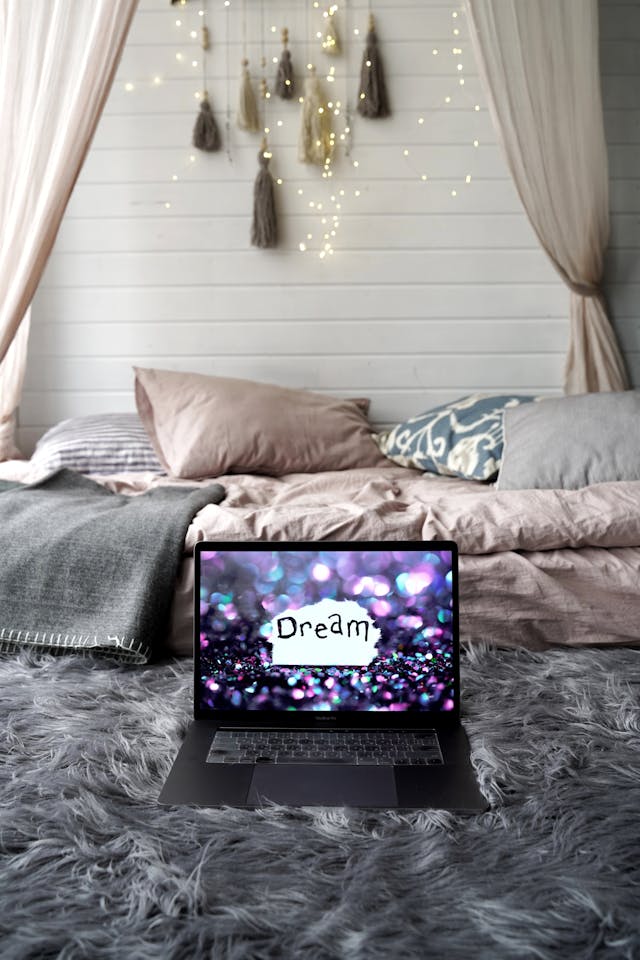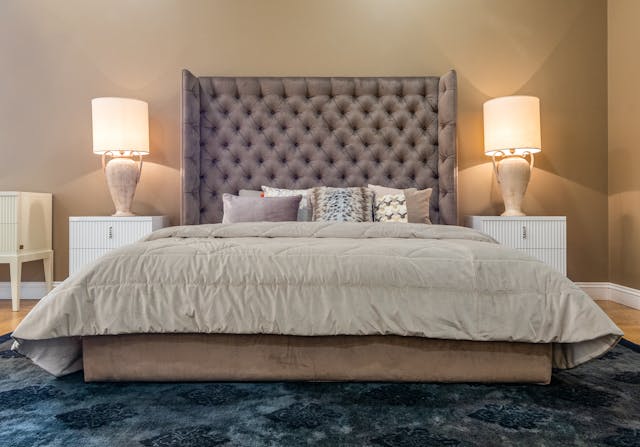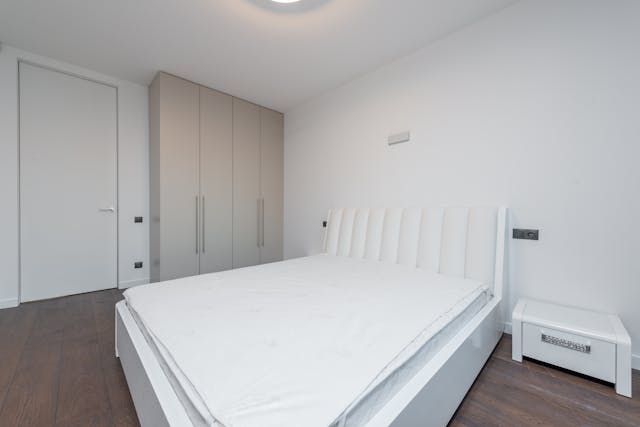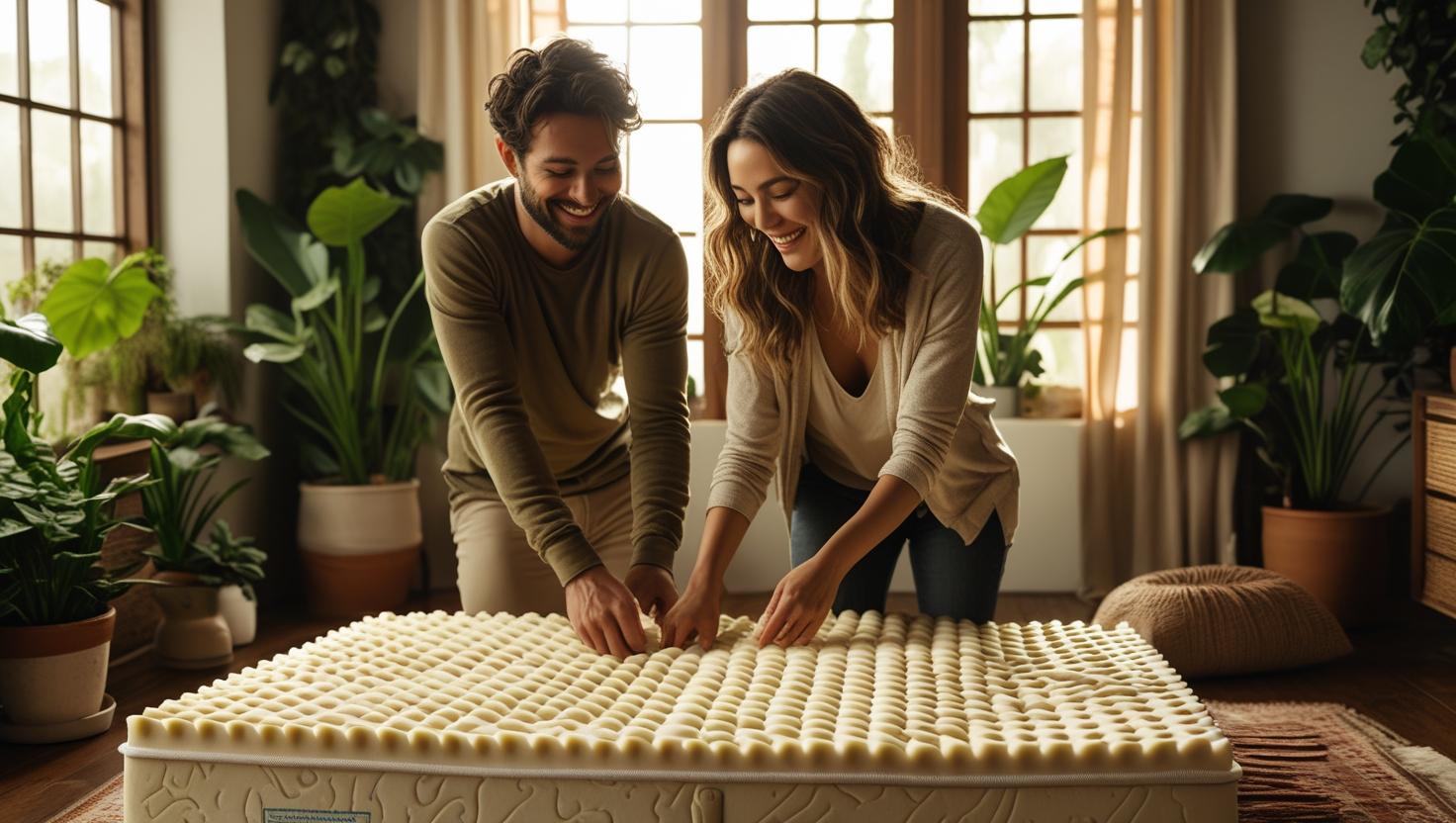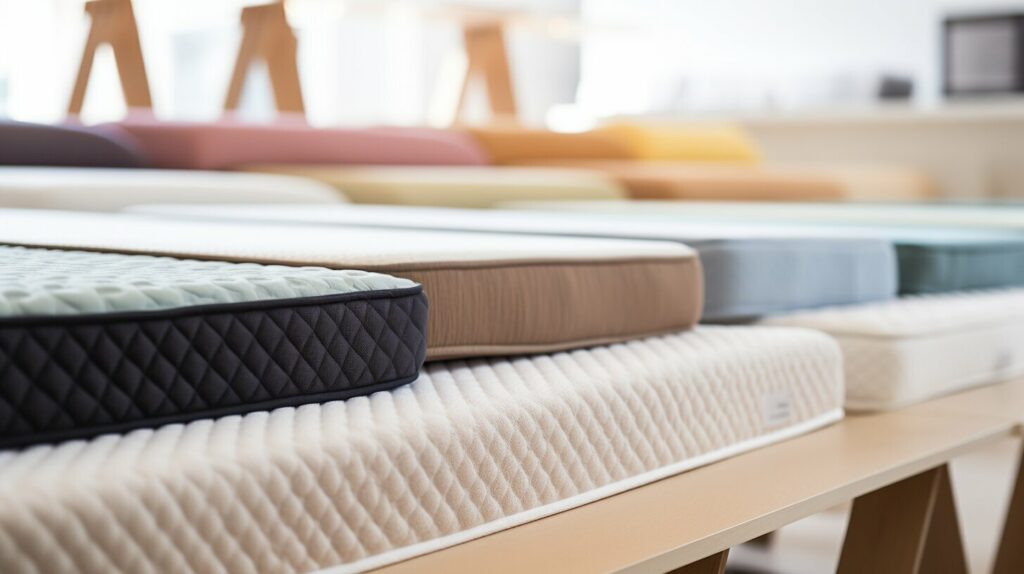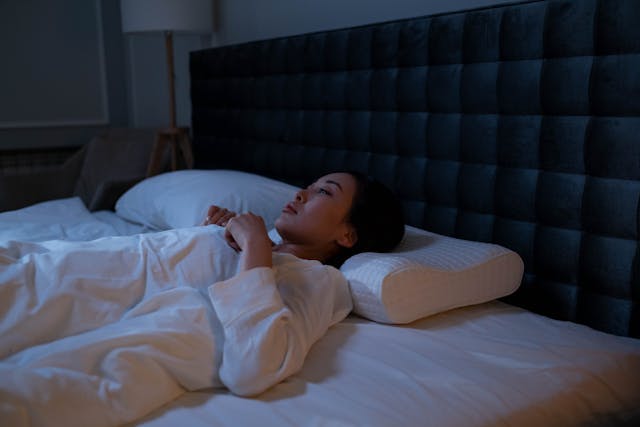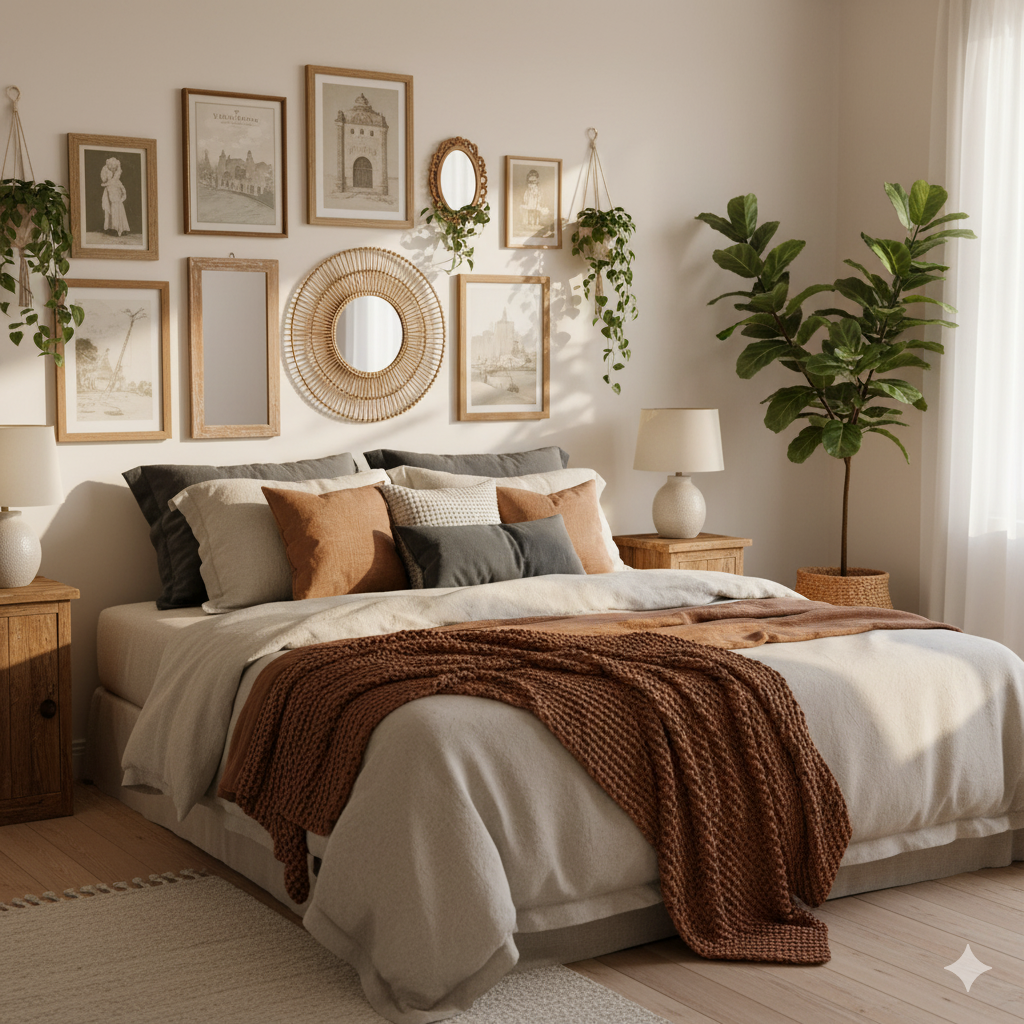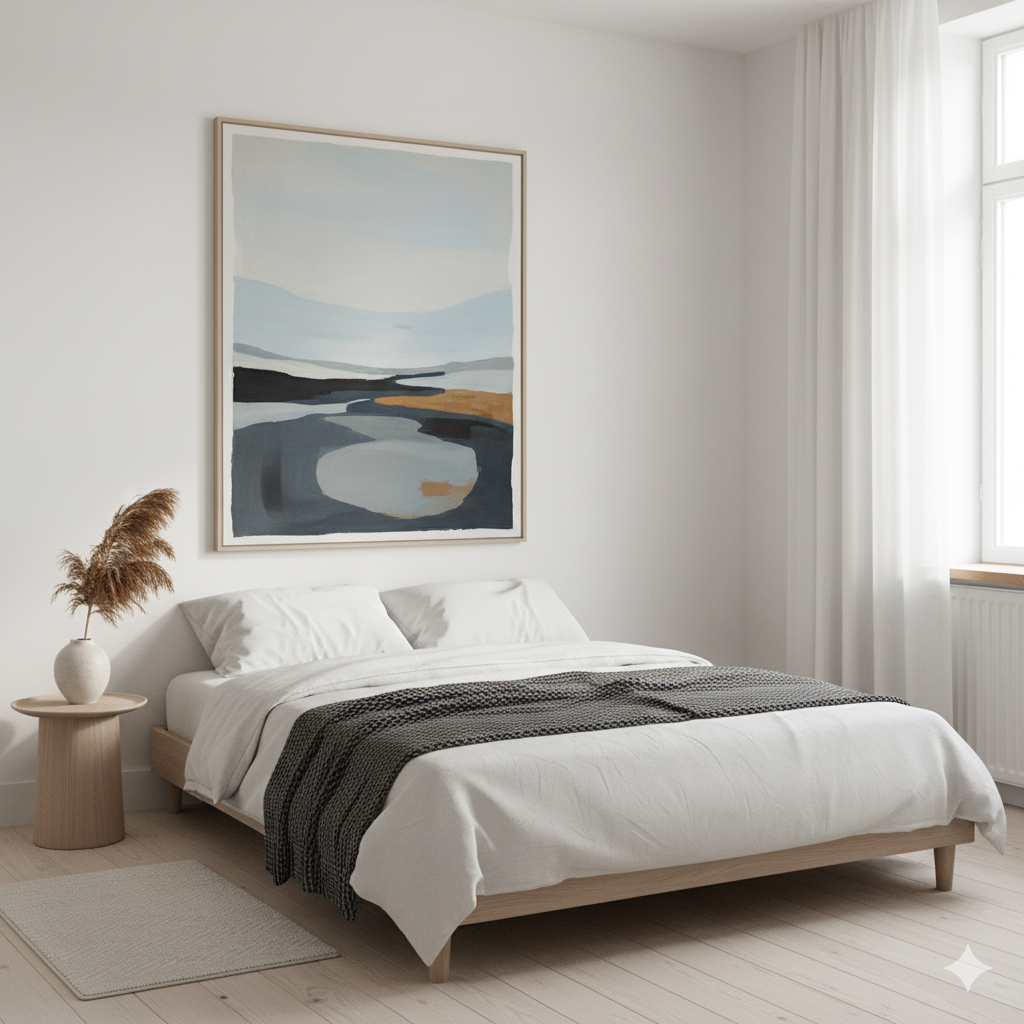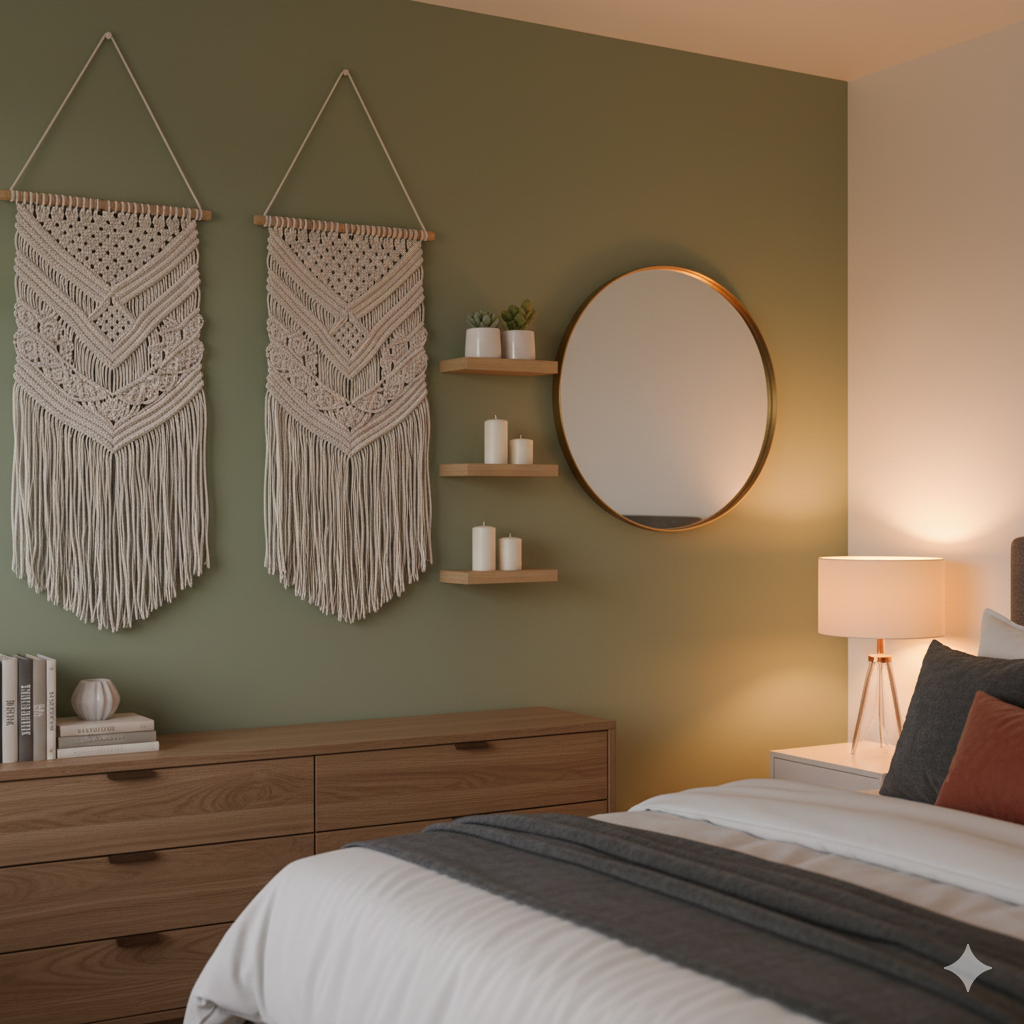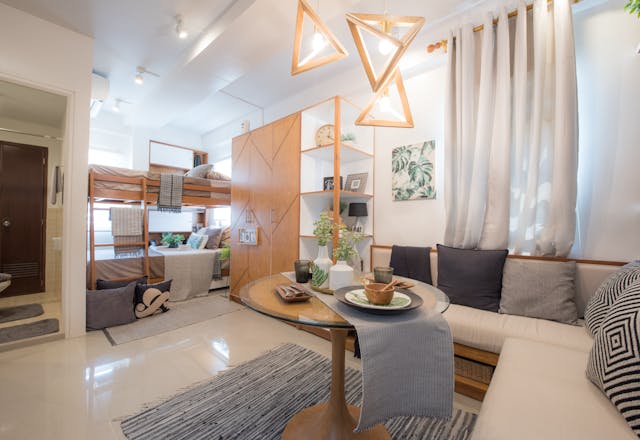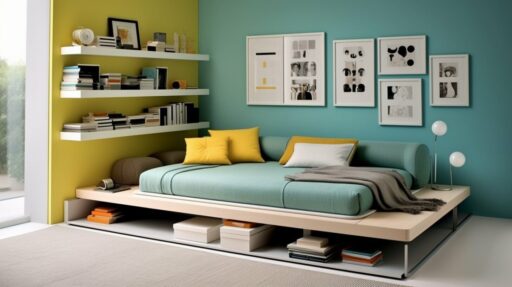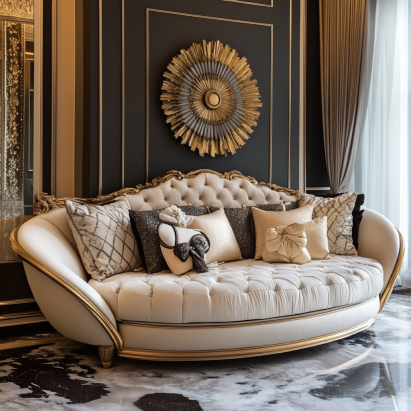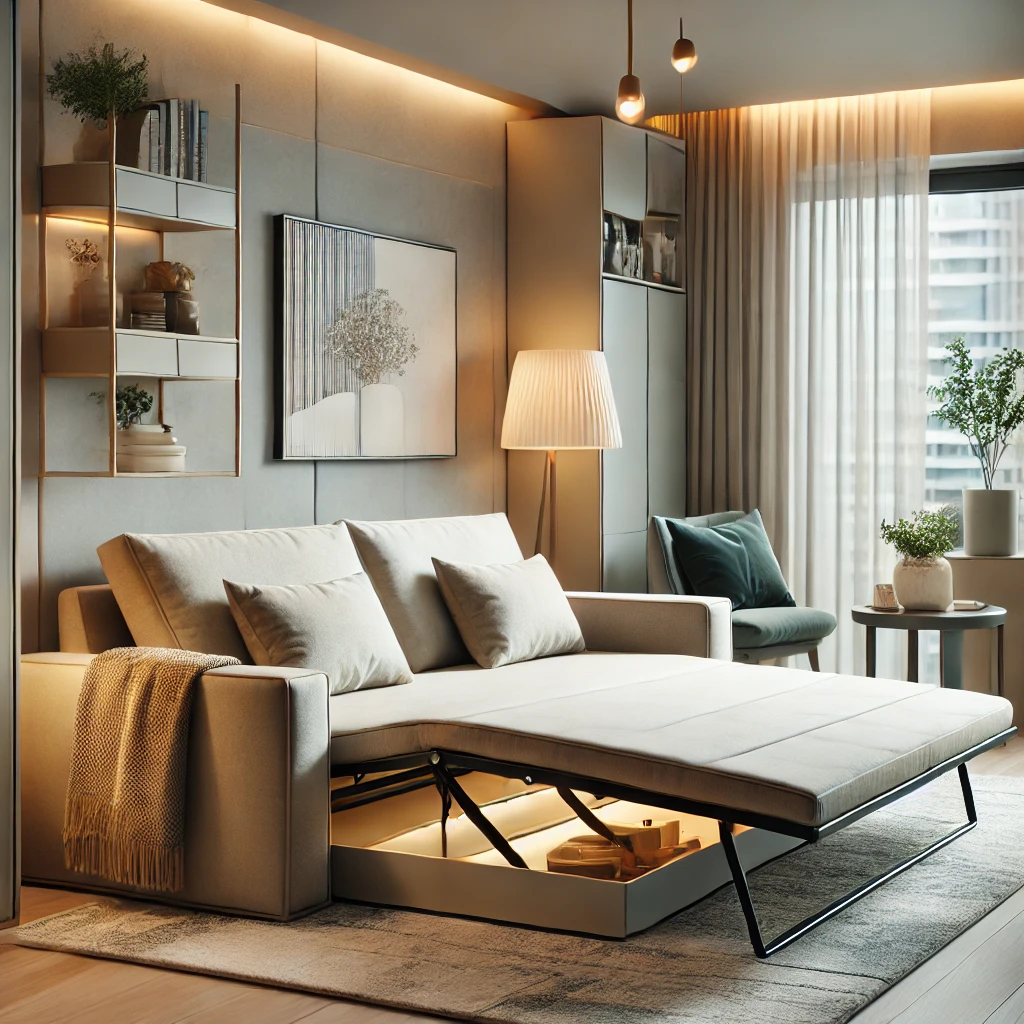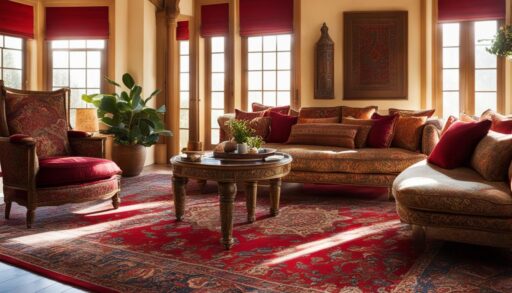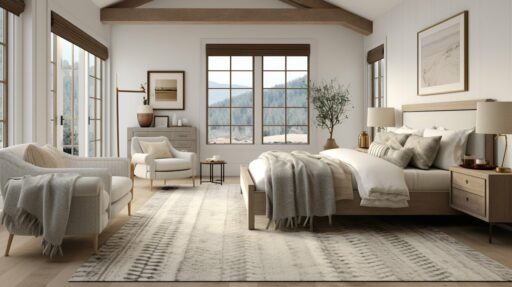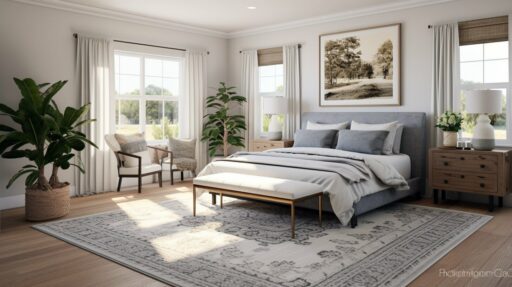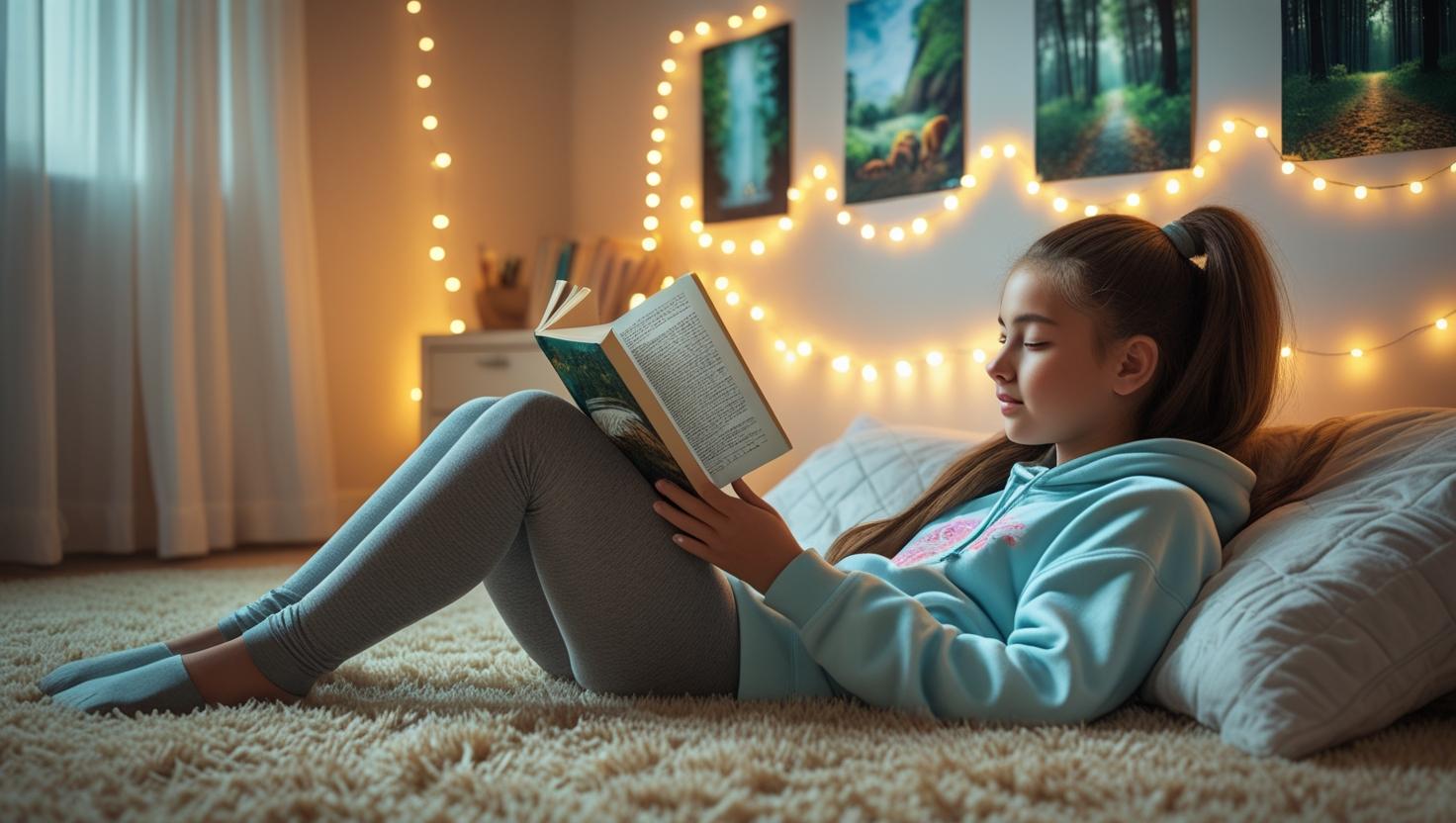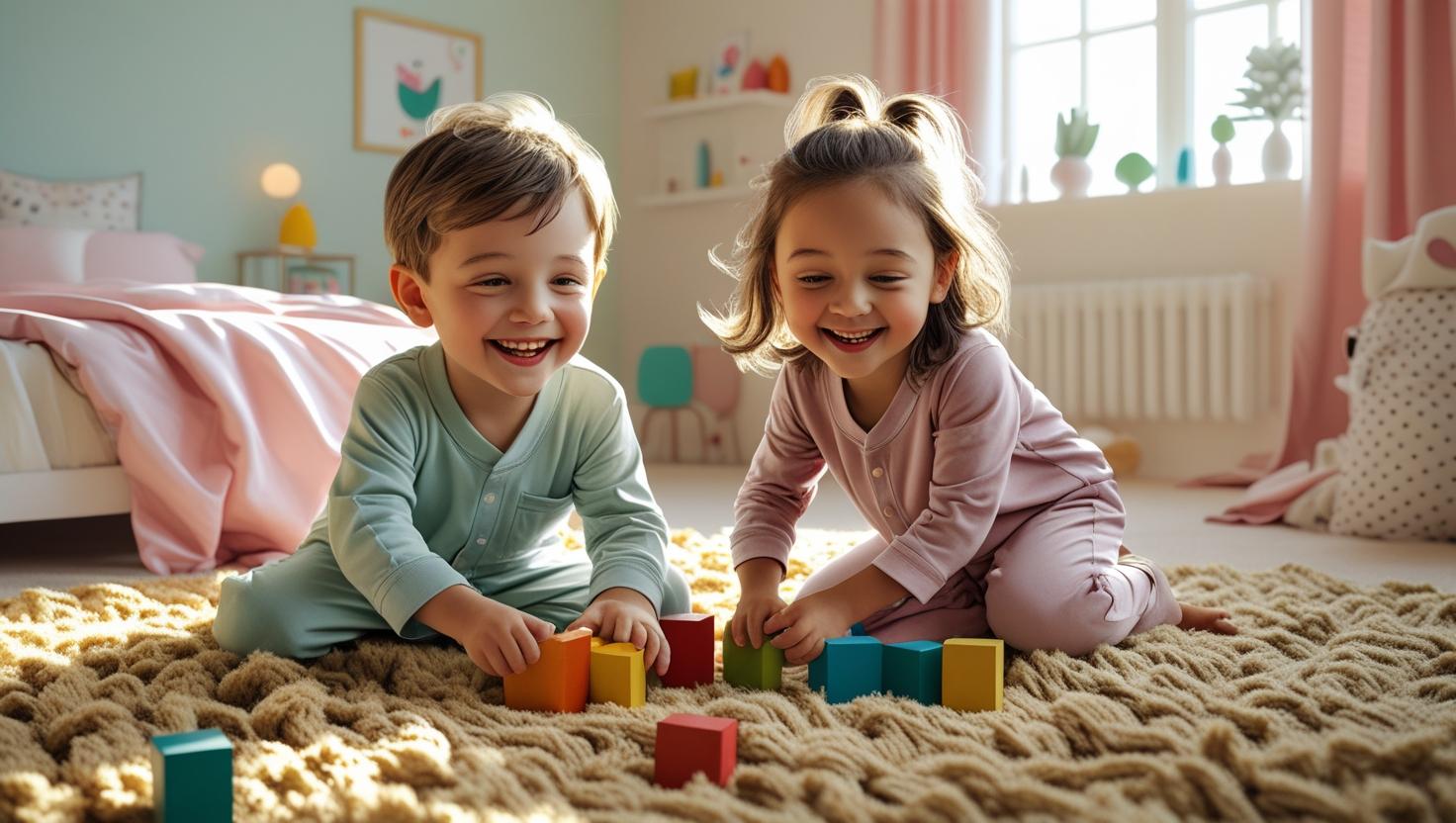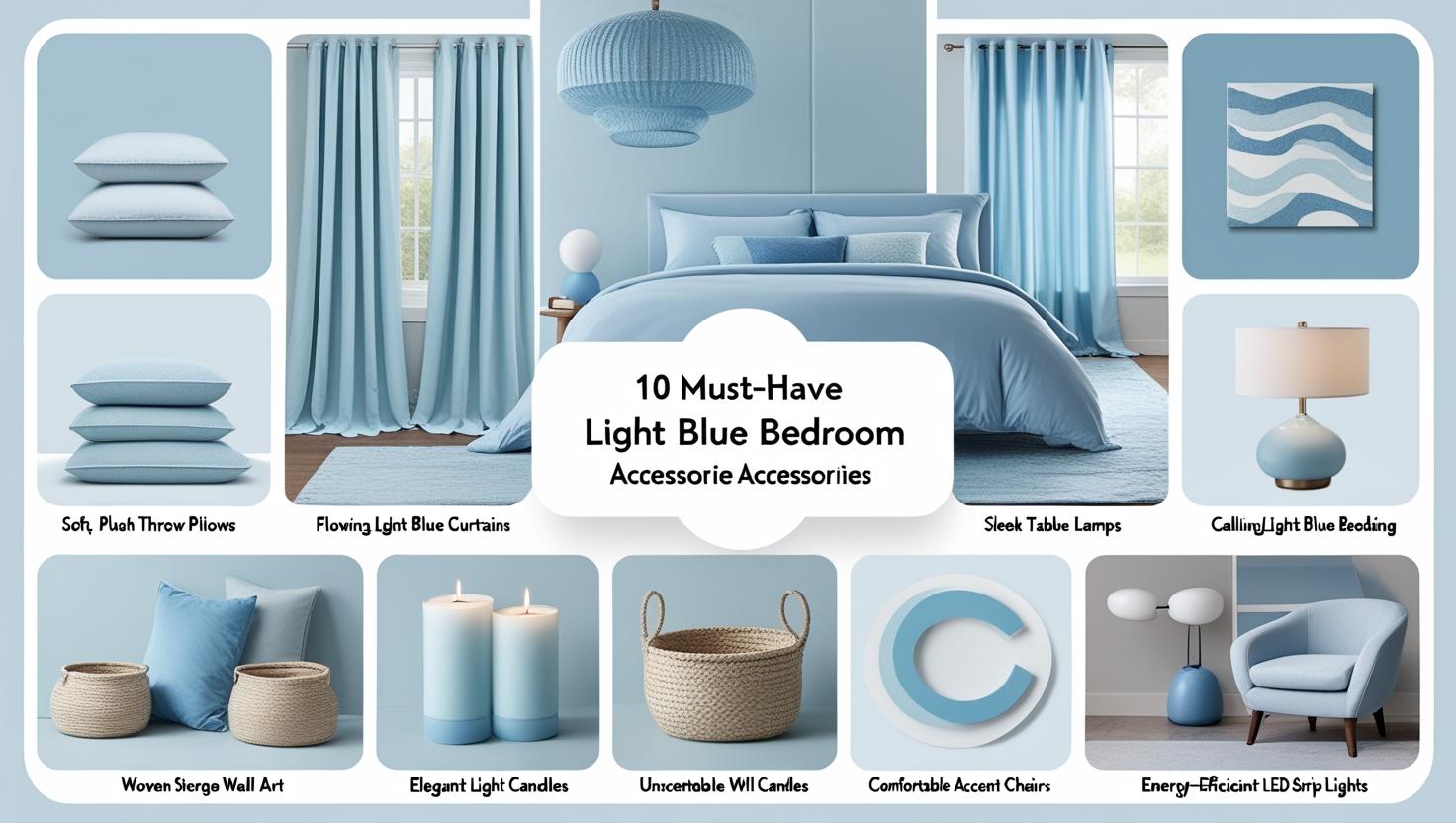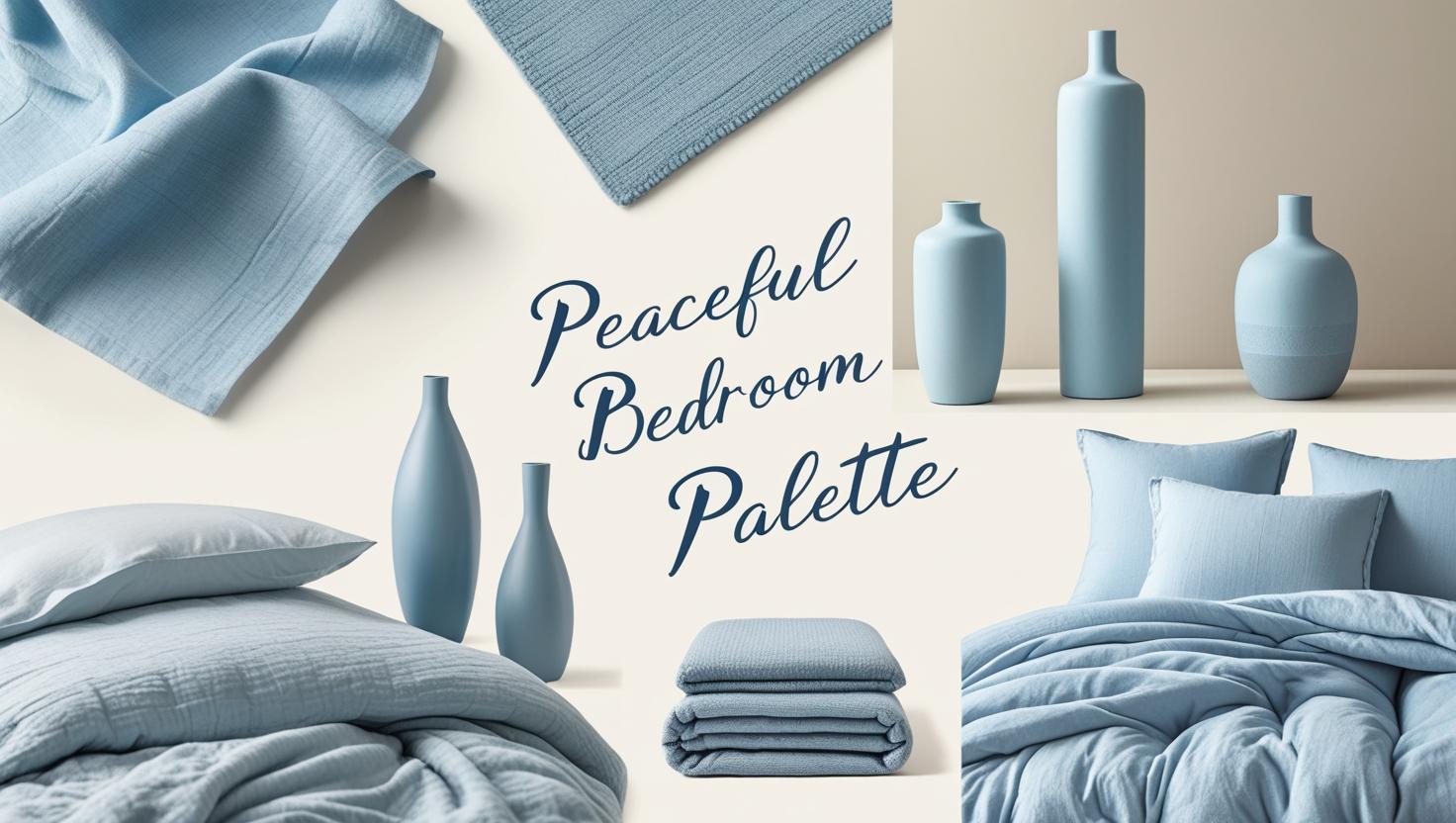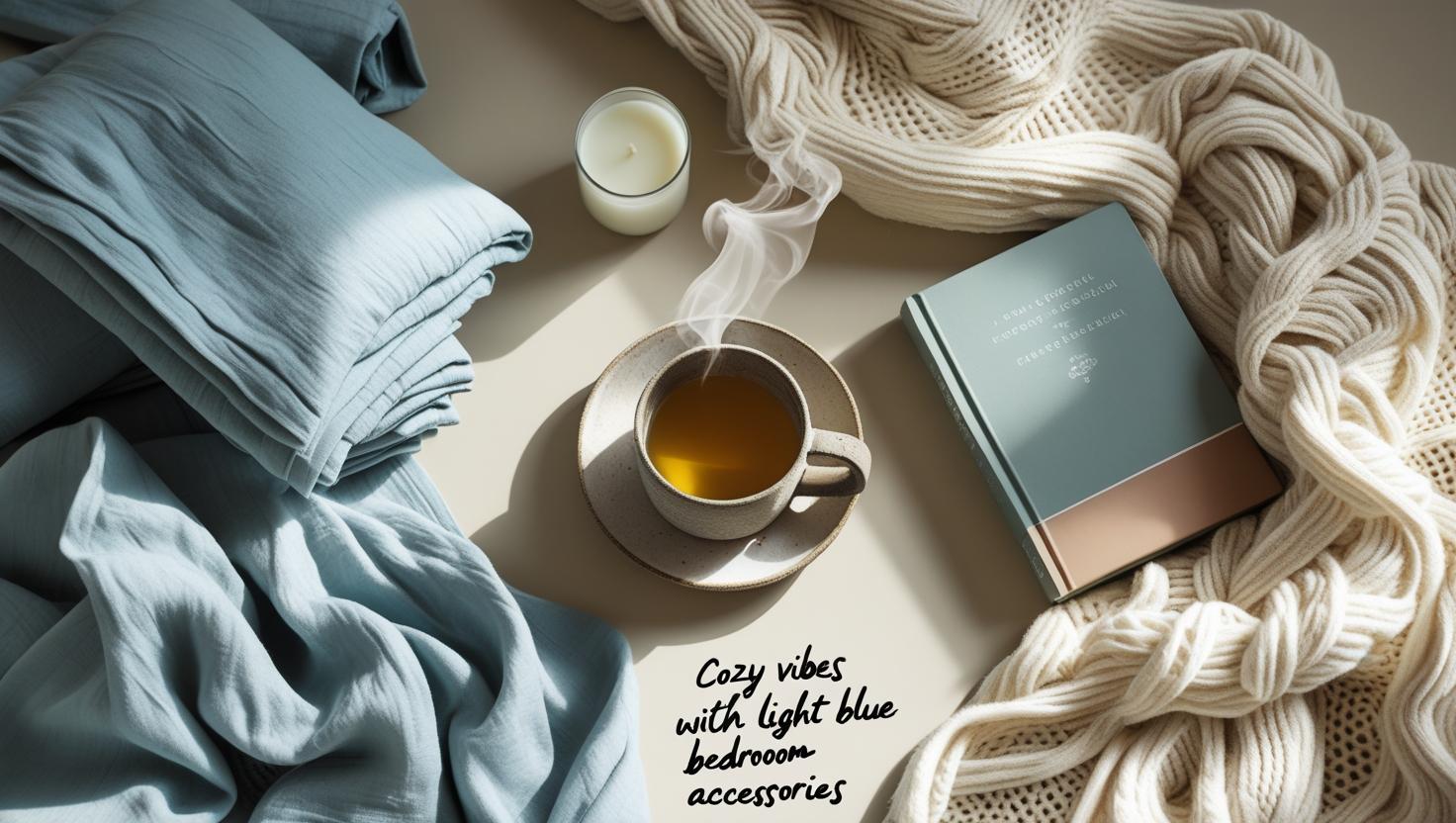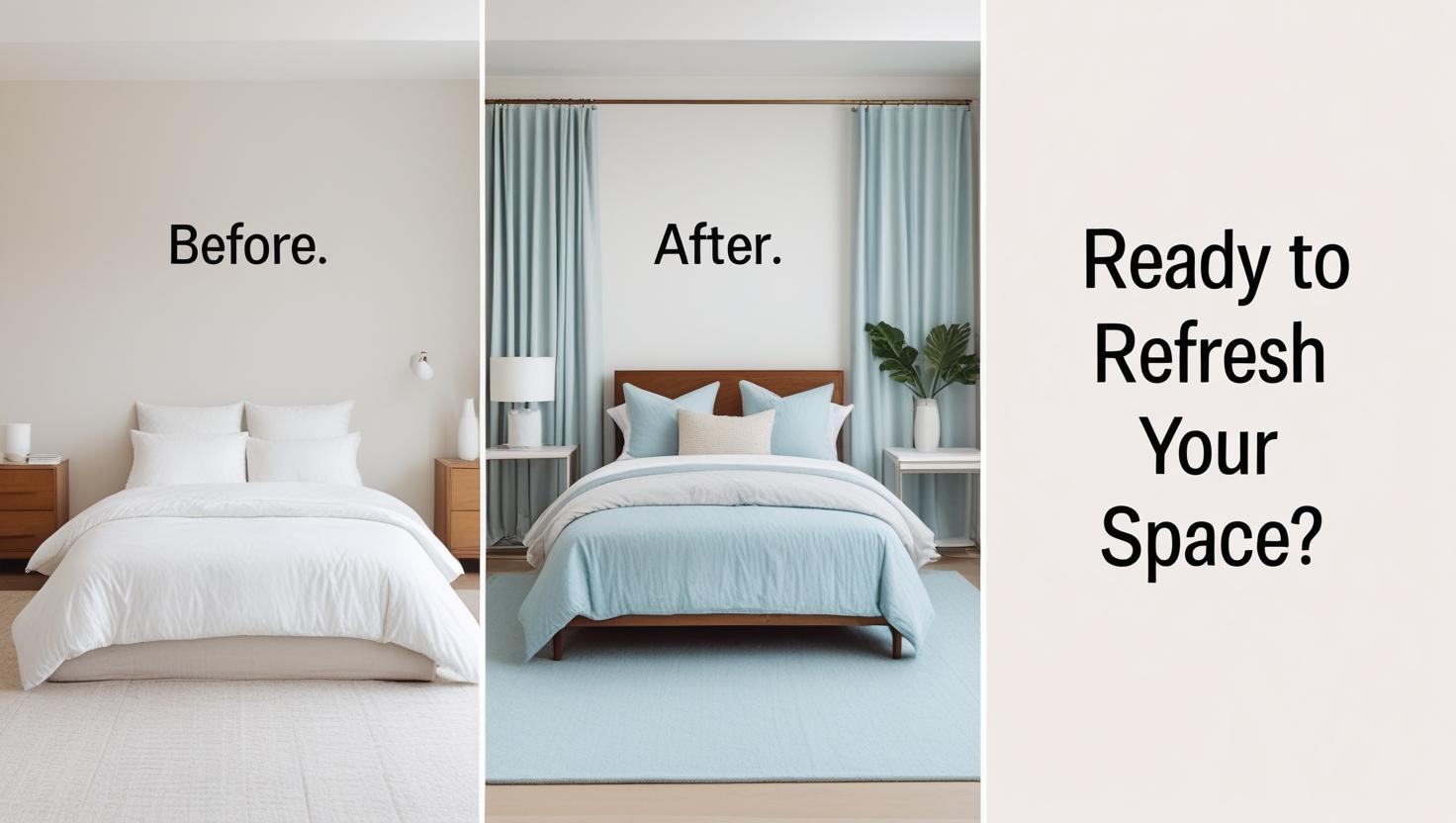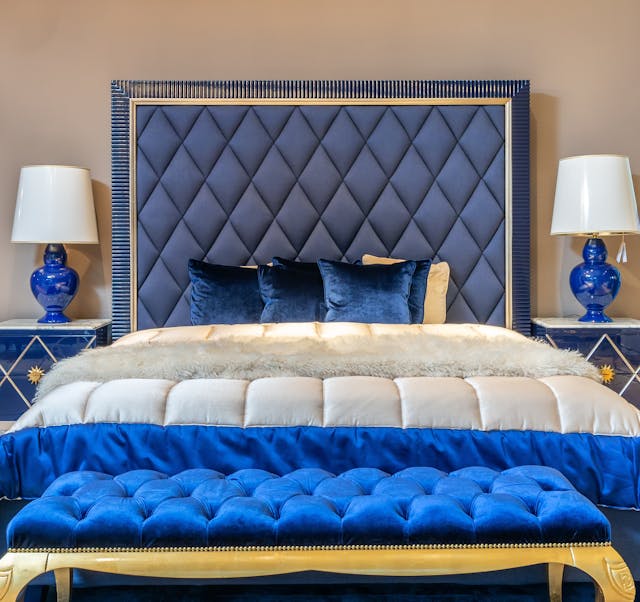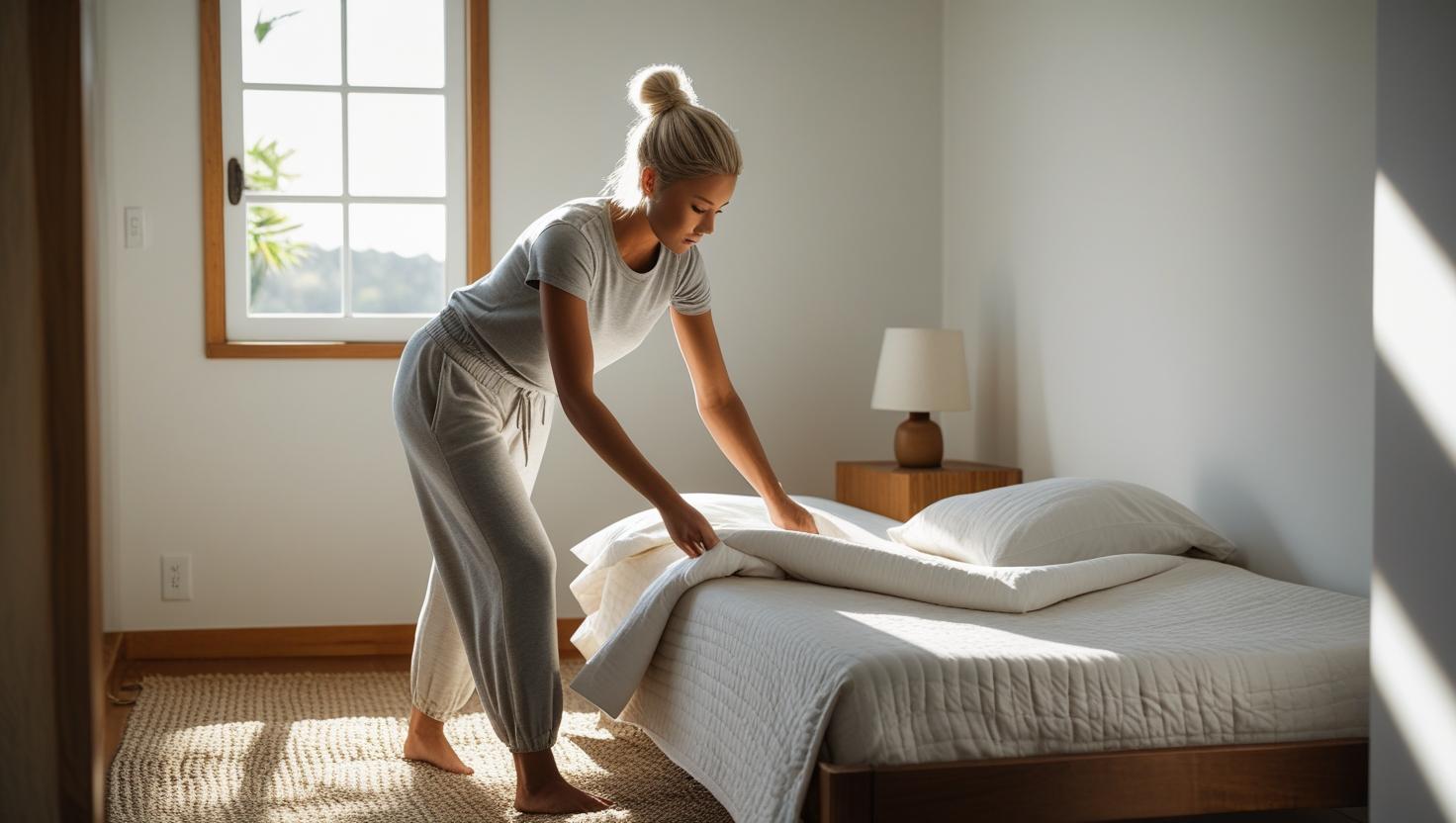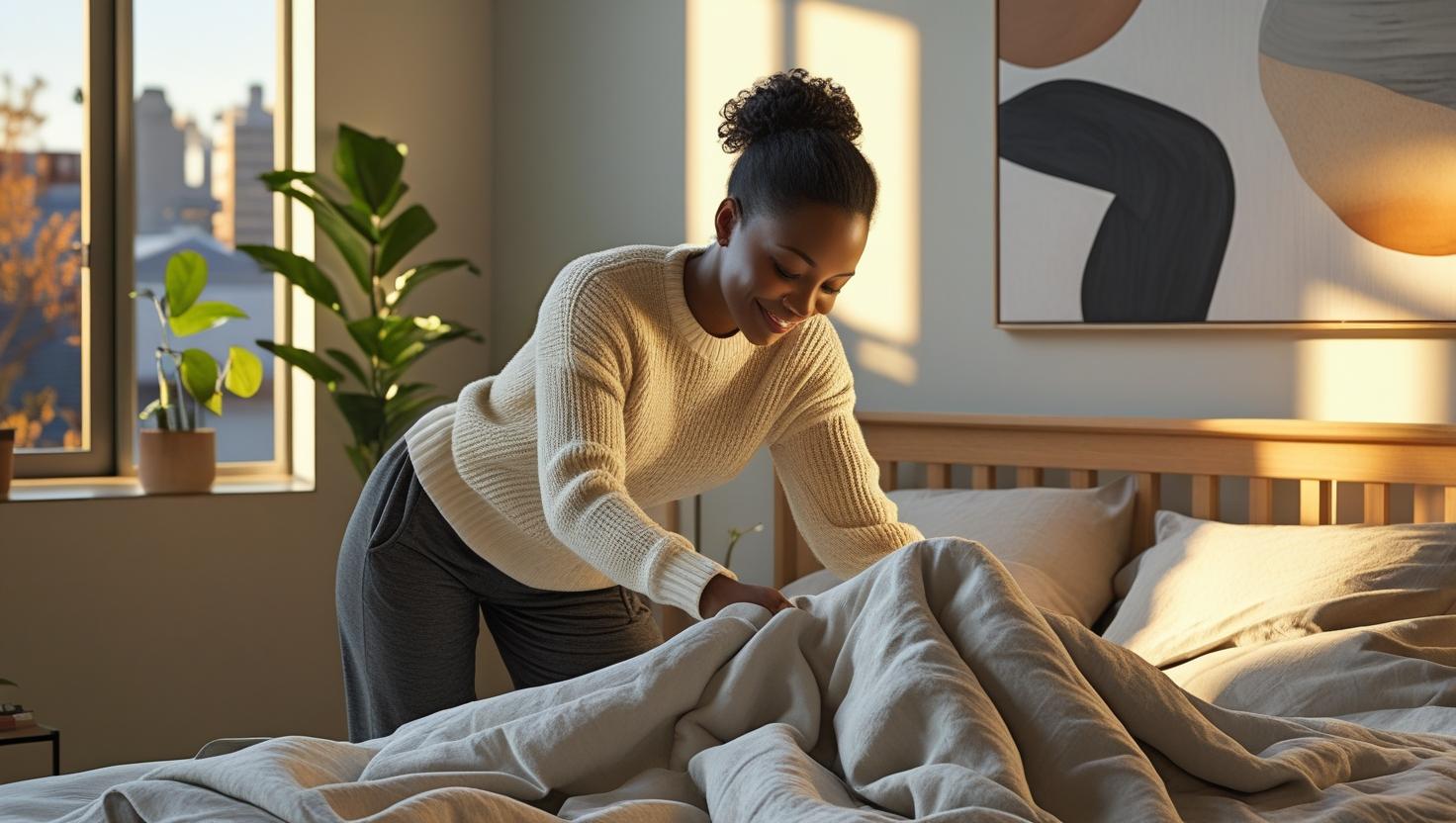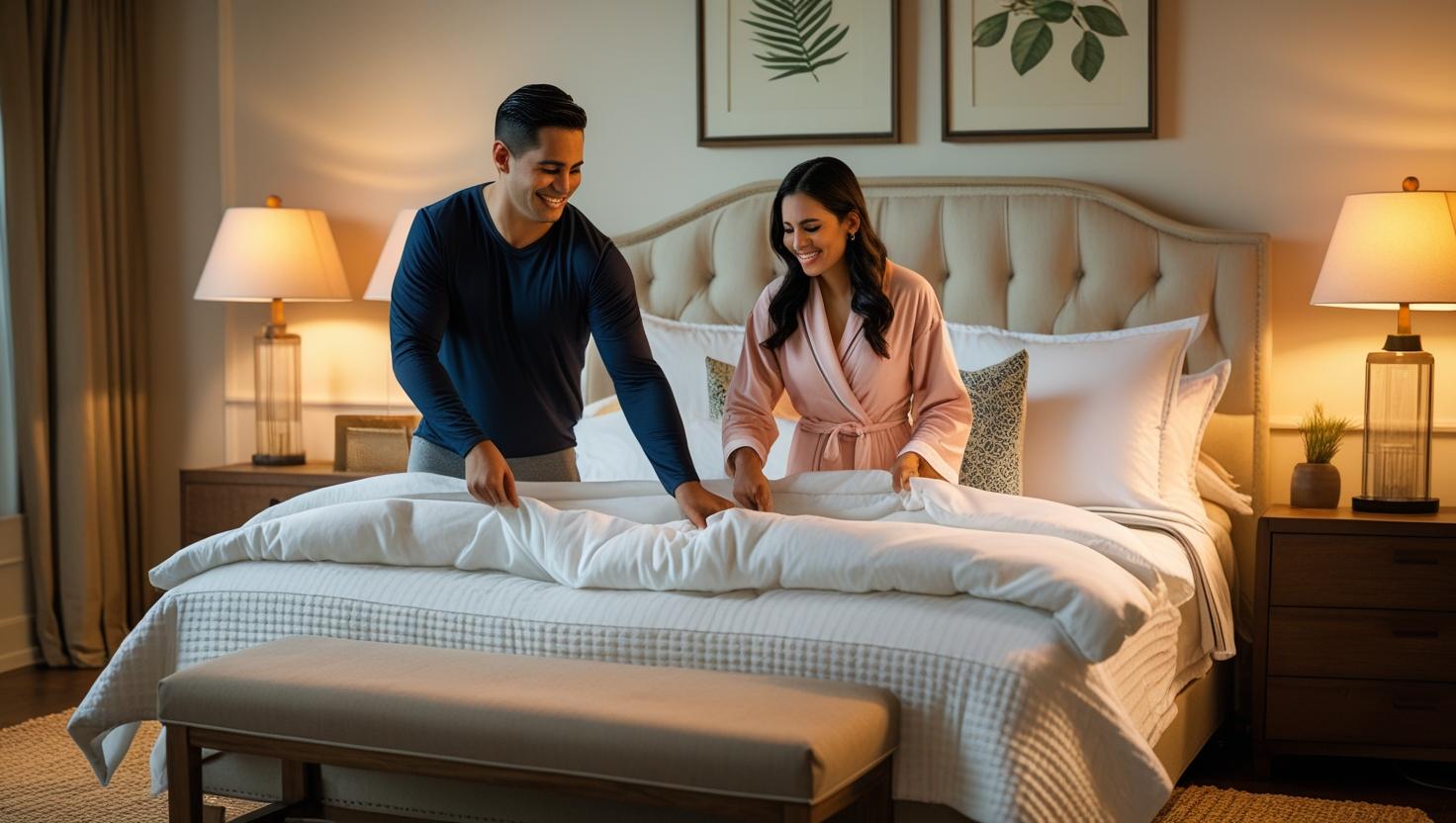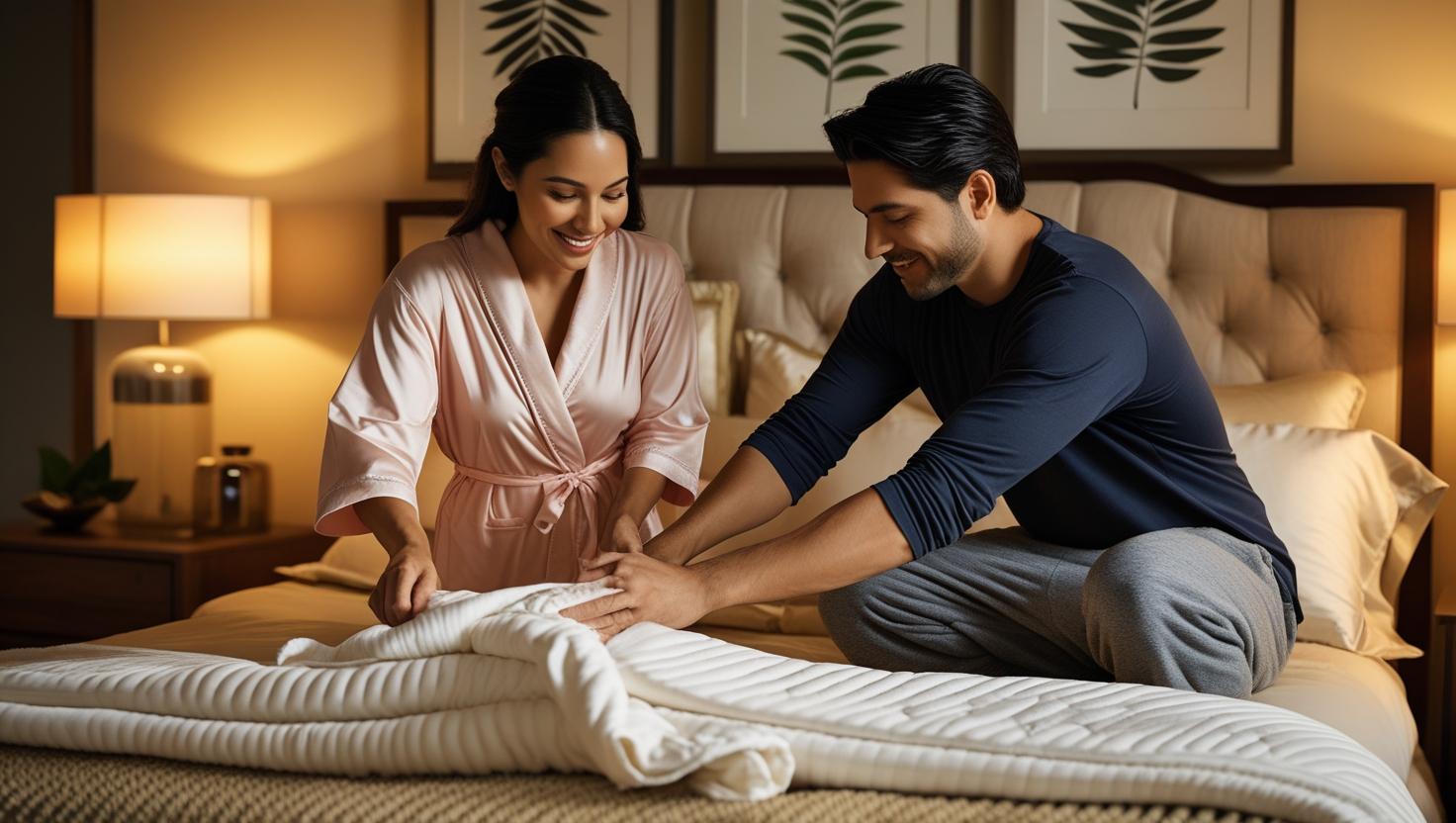Fairy Bedroom Accessories: The Complete Guide
Dreaming of a room that feels soft, whimsical, and nature-kissed? This friendly guide to Fairy Bedroom Accessories shows you how to blend gentle color, layered texture, and soulful lighting to create a cozy, magical retreat.
Key Takeaways: Fairy Bedroom Accessories
- Start with soft, natural colors and build depth with texture, wood, and greenery.
- Mix function and fantasy: choose furniture that looks whimsical but works hard.
- Layer textiles—canopies, gauzy curtains, throws—for instant coziness and dimension.
- Use warm, dimmable lighting and fairy lights to set an enchanting mood.
- Choose eco-conscious sheets and organic bedding to keep your sanctuary healthy and sustainable—at least one element labeled “Fairy Bedroom Accessories.”
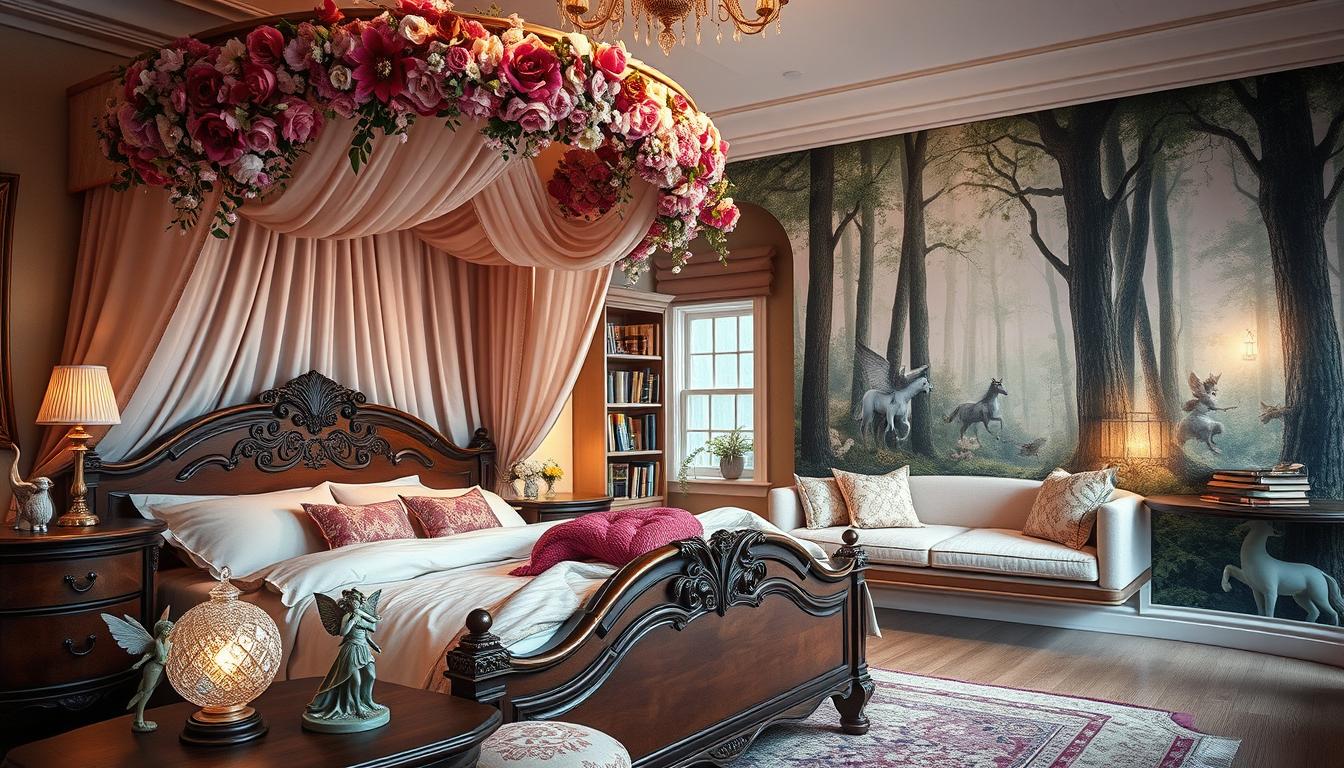
What Is a Fairy Bedroom? (Answer first)
A fairy bedroom is a peaceful, imaginative space inspired by nature, soft texture, and warm glow. It trades harsh lines for flow, and clutter for calming, curated detail.
Think of it as an ethereal retreat: gauzy fabric, botanical touches, delicate metals, and handcrafted details. It’s charming, practical, and deeply relaxing.
Defining the Aesthetic
Begin with a nature-forward palette: warm woods, creamy whites, and quiet pastels like blush, lavender, or dusty blue. Then layer tactile elements—lace, linen, velvet, carved wood, rattan—for a dreamy, collected look.
Anchor the room with a statement piece (often the bed), and let smaller accessories—pressed flowers, vintage frames, or a crystal trinket—whisper the story.
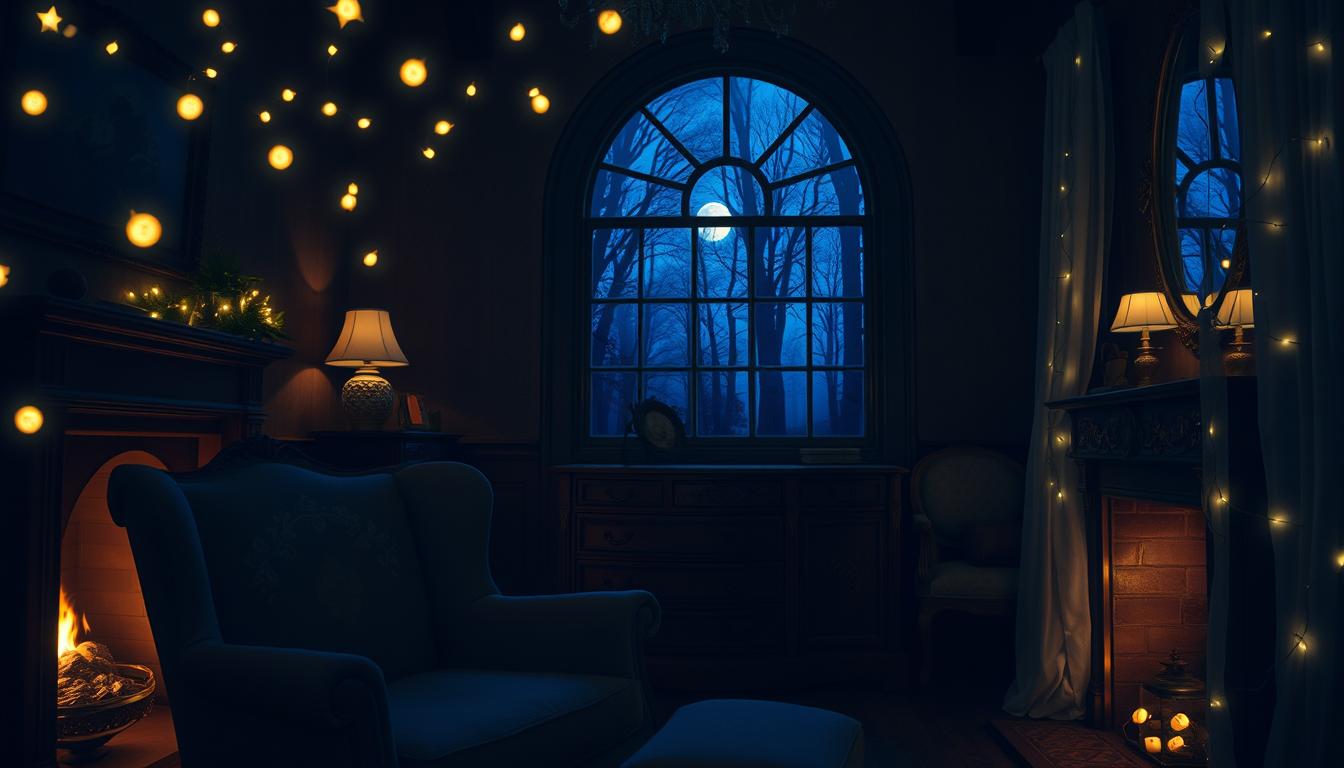
Choosing the Right Color Palette
Start with two to three base tones (e.g., warm white, soft taupe, pale blush) and one deeper accent (forest green or smoky plum). This balance keeps the look calm but not flat.
Paint isn’t the only color move—bedding, curtains, and rugs carry huge visual weight. When in doubt, keep walls quiet and add color through textiles for easy seasonal refreshes. For more color inspiration, browse Better Homes & Gardens’ bedroom color schemes.
Essential Furniture for a Fairy Bedroom
Choose pieces with soft lines, rounded corners, and handcrafted feel. A canopy or four-poster instantly sets the fairy mood and frames your textiles beautifully.
Get inspired with Cozy Bed Quarters’ guide to best canopy bed frames—styles range from minimalist metal to romantic wood spindles.
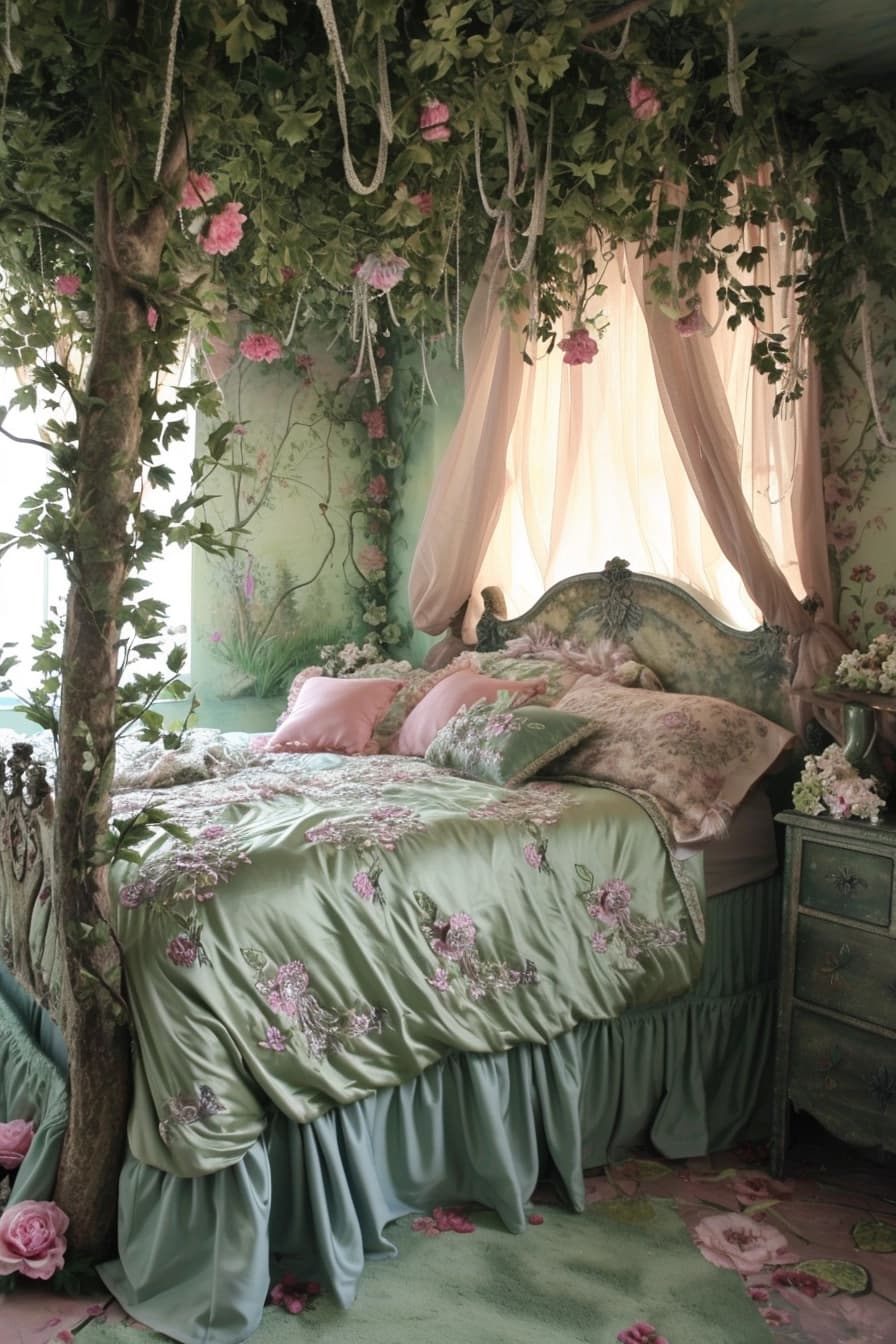
Dressers and Nightstands with Character
Go for carved wood, curved fronts, or vintage hardware. Function matters: deep drawers and a tidy nightstand keep the magic uncluttered.
Prefer a lighter look? Paint thrifted pieces in chalky pastels and swap knobs for glass or brass. Finish with a petite lamp and a botanical trinket dish.
Fairy Bed Linens & Textiles
Textiles set the vibe fast: think breezy linen, washed cotton, and soft knits. Build from sheets up—then add a duvet, a quilt, and a gauzy throw for layered coziness.
Need linen pointers? Start here: selecting the perfect bed linen. If you’re leaning natural, explore organic bedding benefits and sustainable bedding brands for eco-friendly picks that align with the fairy aesthetic.
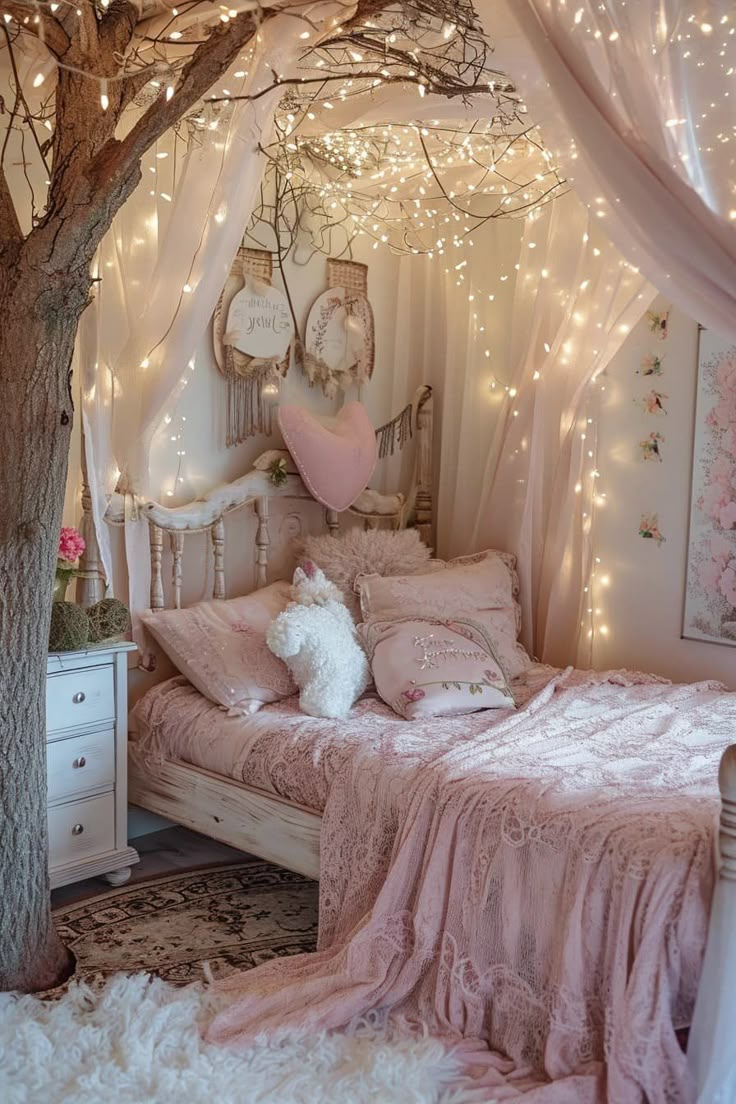
Creative Lighting for a Fairy Feel
Warm, low lighting is non-negotiable: layer fairy lights, a soft bedside lamp, and a dimmable overhead. Candles (or LED tapers) add gentle sparkle without glare.
For mood layering tips, see bedroom lighting ideas for mood. To support better sleep, optimize your bedroom environment—temperature, light, and sound—with this overview from the Sleep Foundation.
Nature, Art & Finishing Touches
Nothing says “enchanted” like nature: potted herbs, trailing vines, pressed flowers, and raw wood accents. Mix in vintage frames, antique mirrors, or a whimsical mural.
Balance is key. Keep surfaces clean and curate a few beloved objects rather than many small knickknacks—your accessories should feel intentional, not busy.
Small Spaces & Practical Magic
Fairy style thrives in small rooms with smart storage and vertical layers. Use floating shelves, under-bed bins, and wicker baskets to keep the look light.
Try a slender canopy frame, a petite nightstand, and wall-mounted sconces to save floor space. For more layout and decorating help, explore these small bedroom ideas.
Eco-Friendly vs. Conventional Bedding
If you love the fairy aesthetic, greener textiles fit naturally. Organic cotton, linen, and TENCEL™ often use gentler processes and feel airy and breathable.
Conventional blends can be budget-friendly and durable, but check certifications and finishes. When you can, choose organic bedding or sustainable bedding for a healthy sanctuary. Browse Cozy Bed Quarters’ primer on investing in quality bedding to understand materials and longevity.
Buyer’s Guide: Certifications & Quality Cues
Quick scan for labels: GOTS (organic cotton), OEKO-TEX® (tested for harmful substances), and Responsible Down Standard (ethical down). Look for tight, even stitching and breathable weaves.
Curious how fabrics feel and perform? This fabric & bedding materials guide from Parachute Home explains percale vs. sateen vs. linen in friendly terms.
Trusted Brand Inspiration (Styling Ideas)
Want visual cues for layering and styling? See Parachute’s simple approach to layering here: how to layer your bed like a stylist. For room-wide ideas, browse Better Homes & Gardens bedroom decorating ideas to spark your palette and layout.
Pair that inspiration with the Sleep Foundation’s ideas for a calmer, sleep-friendly setup: how to make a sleep-friendly bedroom.
Textile Layering Formula (Quick Start)
Here’s an easy starter stack: percale or linen sheets + lightweight duvet + quilt at the foot + one gauzy throw. Add 2–3 Euro shams, a lumbar pillow, and lace or voile curtains.
Warm seasons? Swap the quilt for a breathable coverlet. Cool seasons? Add a heavier knit throw and thicker drapes. See Parachute’s guide on dimensions and sizing for a tidy fit.
Hygiene & Calm: Keep the Magic Clean
Regular refreshes keep the space serene: wash sheets weekly, air out the duvet, and rotate cushions. Vacuum canopies and curtains with a soft brush attachment to prevent dust.
If you live in a high-risk area, review bed bug prevention and management to protect your textiles without ruining the fairy vibe.
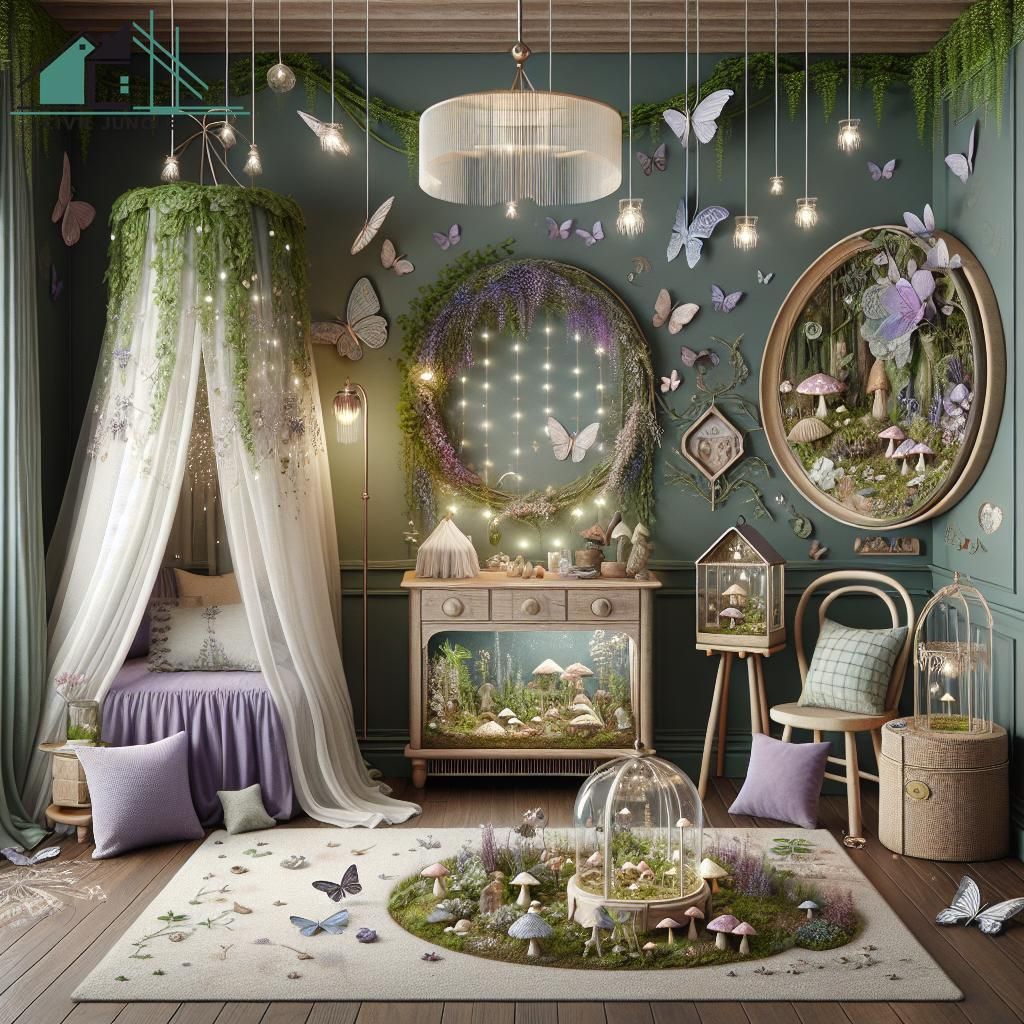
FAQ: Fairy Bedroom Accessories
- What are fairy bedroom accessories?
- They’re whimsical, nature-inspired accents—fairy lights, gauzy canopies, botanical art, carved wood, and delicate metals—that create a cozy, enchanting mood.
- Which colors work best?
- Soft pastels (blush, lavender, dusty blue) with warm neutrals (ivory, taupe). Add one deeper nature tone (forest green, plum) for grounding contrast.
- How do I make the room feel magical without clutter?
- Curate a few meaningful pieces and keep surfaces clear. Use closed storage (baskets, drawers) for the rest so the fairy elements can shine.
- What furniture suits the look?
- Rounded silhouettes, canopy or four-poster beds, carved dressers, and petite nightstands. A single statement bed plus simpler supporting pieces keeps balance.
- How can I keep it eco-friendly?
- Choose organic bedding and sustainable bedding when possible, avoid harsh finishes, and prioritize durable, repairable furniture. Consider certifications like GOTS and OEKO-TEX®.
Final Thoughts: Fairy Bedroom Accessories
Fairy Bedroom Accessories turn your room into a gentle retreat where comfort and imagination meet. Pair soft color, layered textiles, and warm lighting with mindful choices—like eco-conscious sheets and durable materials—for beauty that lasts. For more cozy inspiration, explore our guides on bed designs from around the world and other styling ideas across Cozy Bed Quarters.
Related Reading
From Cozy Bed Quarters
Trusted External Sources
- Sleep Foundation: Bedroom Environment
- Parachute Home: Fabric & Materials Guide
- Better Homes & Gardens: Bedroom Decorating Ideas

